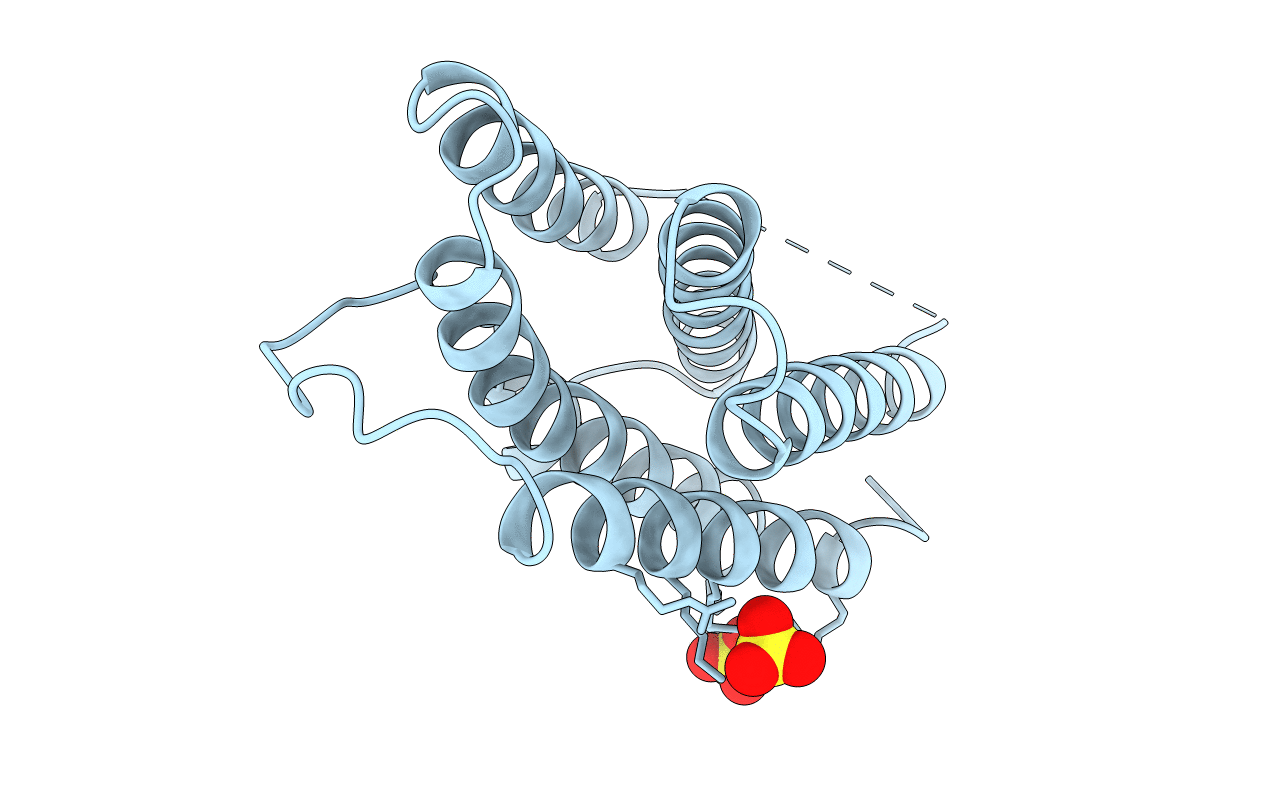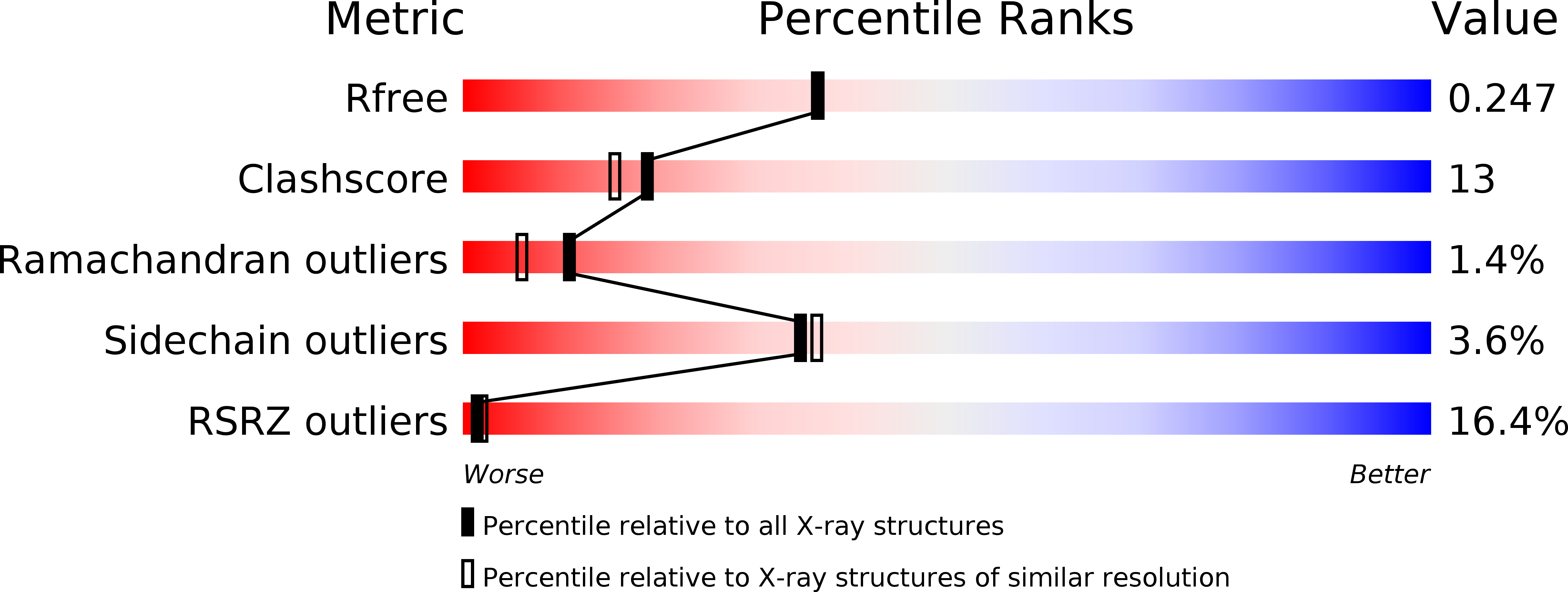
Deposition Date
1999-01-07
Release Date
1999-05-18
Last Version Date
2024-10-30
Method Details:
Experimental Method:
Resolution:
2.10 Å
R-Value Free:
0.25
R-Value Work:
0.21
R-Value Observed:
0.21
Space Group:
P 21 21 21


